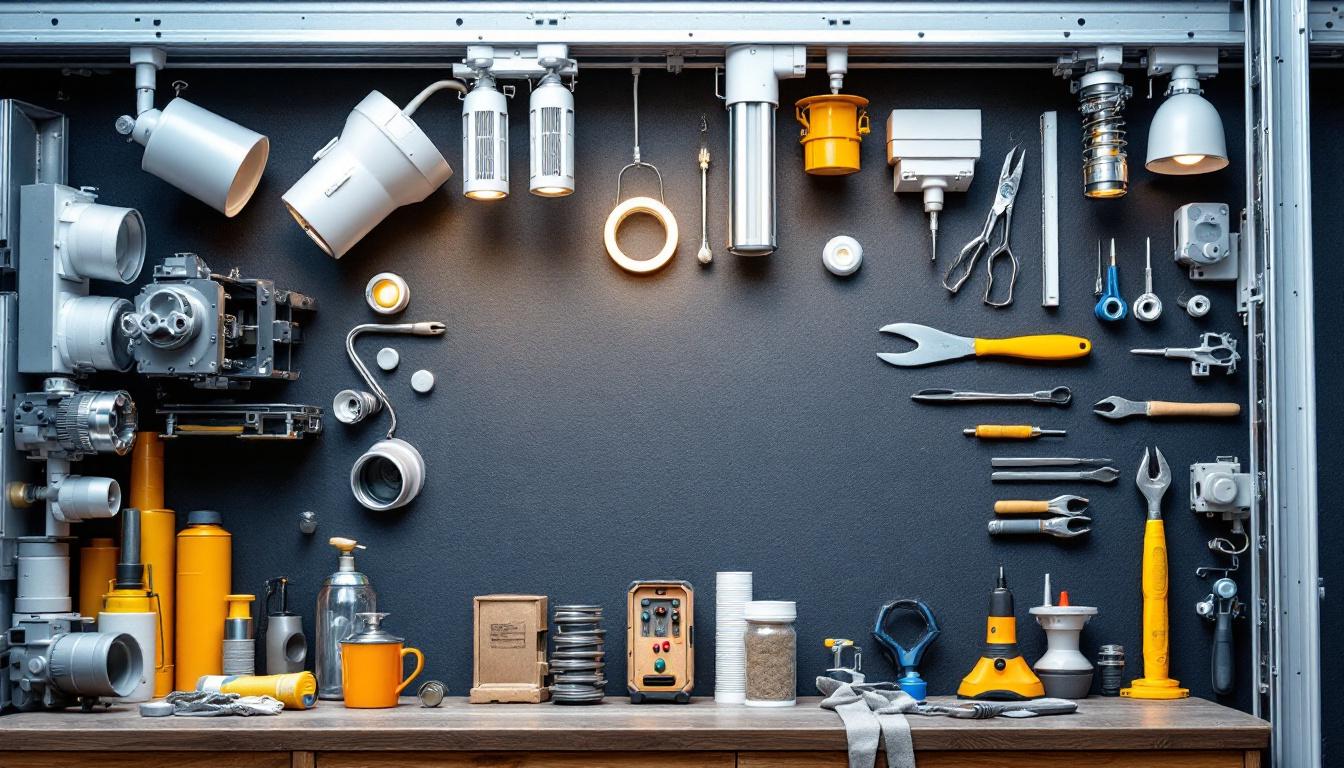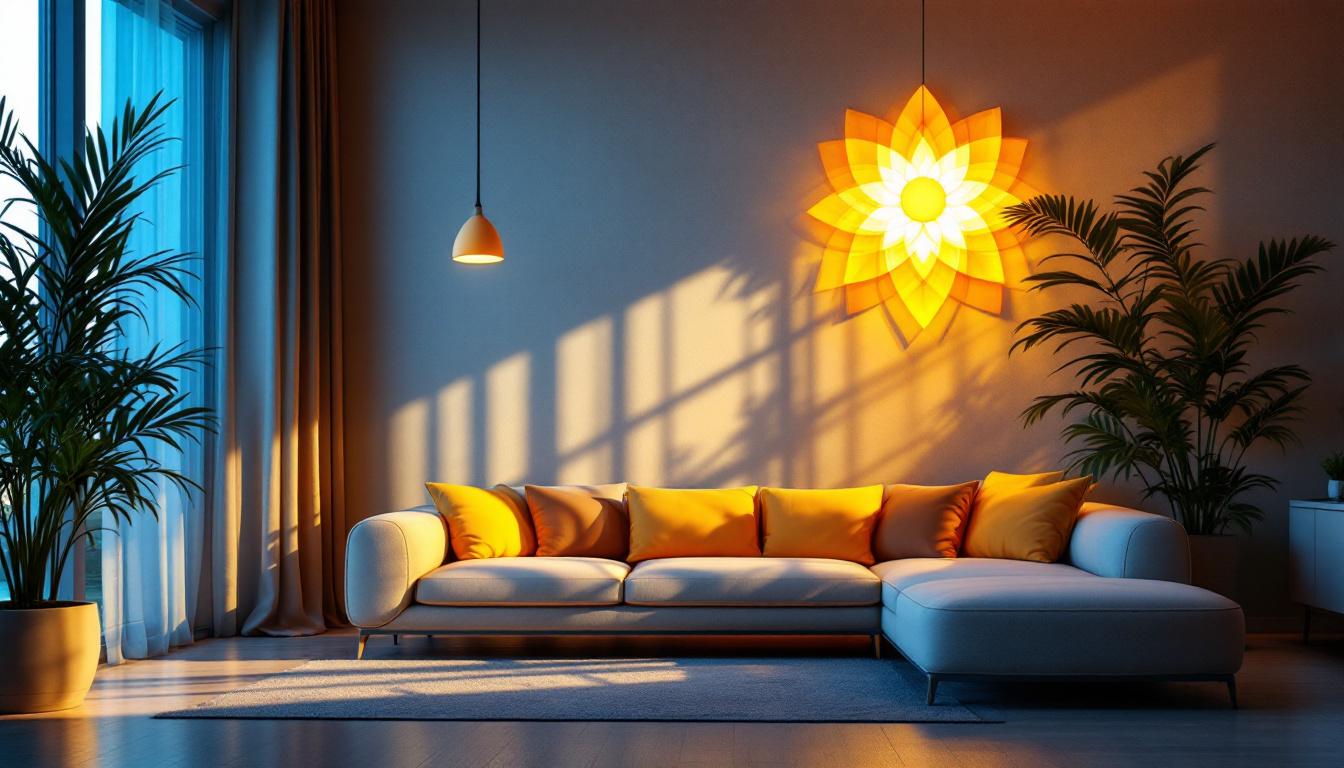
Track lighting has become a popular choice for both residential and commercial spaces due to its versatility and the ability to highlight specific areas effectively. As a lighting contractor, understanding the various components of track lighting is essential for successful installations and client satisfaction. This article addresses some of the most common questions contractors have regarding track lighting parts, providing insights that can enhance both knowledge and service quality.
Track lighting systems consist of several key components that work together to create a functional and aesthetically pleasing lighting solution. Familiarity with these parts is crucial for any lighting contractor aiming to deliver high-quality installations.
The track itself is the backbone of the lighting system. It serves as the mounting surface for the light fixtures and is available in various lengths and styles. Tracks can be straight, curved, or even flexible, allowing for creative installations that cater to unique architectural features.
When selecting a track, contractors should consider the material, which can range from aluminum to plastic, as well as the finish. A well-chosen track not only supports the fixtures but also complements the overall design of the space. For instance, a sleek, brushed aluminum track can enhance a modern aesthetic, while a matte black finish might suit an industrial setting. Moreover, tracks can be painted or customized to match the color scheme of the room, providing an additional layer of design integration.
Track lighting fixtures come in numerous styles, including spotlights, floodlights, and pendant lights. Each type serves a different purpose; for instance, spotlights are ideal for focused lighting, while floodlights provide broader illumination.
Contractors should assess the intended use of the space to determine the most suitable fixtures. Additionally, the compatibility of the fixtures with the track system is essential, as different tracks may require specific types of fixtures for proper installation. Beyond functionality, the choice of fixtures can significantly influence the ambiance of a room. For example, warm-toned LED fixtures can create a cozy atmosphere in a living room, while cooler tones may be more appropriate for a workspace, promoting alertness and focus.
End caps and connectors are often overlooked but are vital for a complete track lighting system. End caps are used to finish the ends of the track, preventing dust accumulation and providing a polished look. Connectors, on the other hand, allow for multiple tracks to be linked together, enabling longer runs of lighting.
Choosing the right connectors is crucial for ensuring a seamless flow of electricity throughout the system. Contractors should familiarize themselves with the various types of connectors available, including straight, L-shaped, and T-shaped options, to accommodate different installation scenarios. Additionally, it is important to consider the electrical load capacity of the connectors to avoid potential overheating issues. Proper installation of these components not only enhances the safety and functionality of the lighting system but also contributes to a cohesive and professional appearance, ensuring that the lighting design is both effective and visually appealing.
Proper installation is key to ensuring the functionality and longevity of track lighting systems. Below are some essential tips that can help lighting contractors achieve successful installations.
Before installation, it is vital to plan the layout of the track lighting. This involves determining the areas that require illumination and how the fixtures will be positioned to achieve the desired effect. Contractors should consider factors such as ceiling height, room dimensions, and the purpose of the space.
Creating a mock-up or using design software can help visualize the final outcome, allowing for adjustments before any physical work begins. This step can save time and resources, ensuring that the installation meets client expectations.
Track lighting systems require careful attention to electrical requirements. It is essential to ensure that the existing wiring can support the new lighting system, including the total wattage of all fixtures combined. Overloading circuits can lead to safety hazards and electrical failures.
Contractors should also be aware of local electrical codes and regulations to ensure compliance during installation. This not only guarantees safety but also protects the contractor from potential liabilities.
After installation, testing the track lighting system is a crucial step that should not be overlooked. This involves checking each fixture to ensure it operates correctly and that there are no flickering lights or dead spots in the illumination.
Conducting a thorough test allows contractors to identify and rectify any issues before finalizing the project. It also provides an opportunity to demonstrate the functionality of the system to the client, enhancing their confidence in the installation.
Even with careful planning and installation, issues can arise with track lighting systems. Understanding common problems and their solutions can help contractors address concerns quickly and efficiently.
Flickering lights can be a frustrating issue for both contractors and clients. This problem may arise from loose connections, incompatible dimmers, or faulty fixtures. To troubleshoot, contractors should first check all connections to ensure they are secure.
If the connections are tight, testing the fixtures individually can help identify if a specific unit is malfunctioning. Additionally, ensuring that the dimmer switch is compatible with the type of bulbs used can prevent flickering issues.
Uneven lighting can occur when fixtures are not spaced correctly or when the track is not aligned properly. To address this issue, contractors should revisit the layout and make adjustments as necessary. This may involve repositioning fixtures or adding additional units to achieve balanced illumination.
In some cases, the use of different types of bulbs can also help enhance the overall lighting quality. For instance, mixing warm and cool tones can create a more dynamic and visually appealing environment.
Overheating can be a serious concern with track lighting, potentially leading to fixture damage or safety hazards. If fixtures are getting excessively hot, it may indicate that the wrong wattage bulbs are being used or that there is insufficient ventilation.
Contractors should advise clients on the appropriate wattage for their fixtures and ensure that the installation allows for adequate airflow around the bulbs. Regular maintenance checks can also help identify any overheating issues before they escalate.
The choice of bulbs can significantly impact the performance and aesthetic of a track lighting system. Understanding the different types of bulbs available is essential for contractors looking to provide the best solutions for their clients.
LED bulbs have gained popularity due to their energy efficiency and long lifespan. They produce less heat than traditional incandescent bulbs, making them a safer option for track lighting installations. Additionally, LED bulbs are available in various color temperatures, allowing for customization based on client preferences.
Contractors should ensure that the LED bulbs chosen are compatible with the fixtures and dimmer switches used in the installation. This compatibility is crucial for achieving optimal performance and avoiding issues like flickering.
Halogen bulbs are another common choice for track lighting, known for their bright, white light and excellent color rendering capabilities. They provide a warm glow that can enhance the ambiance of a space. However, halogen bulbs are less energy-efficient than LEDs and generate more heat, which can be a concern in enclosed fixtures.
When recommending halogen bulbs, contractors should inform clients about their energy consumption and lifespan compared to LED options, allowing clients to make informed decisions based on their needs and budget.
While incandescent bulbs are becoming less common due to energy efficiency concerns, they still have a place in certain track lighting applications. They offer a warm light that many clients find appealing, especially in residential settings.
Contractors should be prepared to discuss the pros and cons of incandescent bulbs, including their shorter lifespan and higher energy costs. This information can help clients weigh their options and choose the best lighting solution for their specific needs.
Regular maintenance is essential for ensuring the longevity and performance of track lighting systems. Contractors can provide valuable guidance to clients on how to care for their installations effectively.
Dust and dirt can accumulate on track lighting fixtures, affecting their brightness and overall appearance. Regular cleaning is necessary to maintain optimal performance. Contractors should recommend using a soft, dry cloth to gently wipe down fixtures and avoid harsh chemicals that could damage the finish.
In addition to cleaning the fixtures, the track itself should also be kept free of debris. This can help prevent electrical issues and ensure that the system operates efficiently.
Over time, bulbs will inevitably need replacement. Contractors should advise clients on the signs that indicate a bulb is nearing the end of its life, such as dimming or flickering. Providing guidance on how to safely replace bulbs can empower clients to handle this task themselves, enhancing their satisfaction with the lighting system.
Contractors may also consider offering a maintenance service that includes regular inspections and bulb replacements, ensuring that clients’ track lighting systems remain in top condition.
Track lighting offers a flexible and stylish solution for illuminating various spaces, but understanding its components and installation requirements is crucial for lighting contractors. By addressing common questions and concerns, contractors can enhance their expertise and provide exceptional service to their clients.
From selecting the right parts to troubleshooting common issues, knowledge of track lighting systems can set contractors apart in a competitive market. By staying informed and proactive, lighting professionals can ensure that their installations not only meet but exceed client expectations.
Ready to elevate your lighting installations with the finest track lighting components? Look no further than LumenWholesale, where we offer an extensive selection of spec-grade lighting products at unbeatable wholesale prices. Say goodbye to local distributor markups and hello to superior lighting that meets the highest industry standards. With free shipping on bulk orders, you can stock up on everything you need while keeping your costs down. Don’t compromise on quality or value — discover wholesale lighting at the best value today and light up your projects with confidence.

Discover the essentials of solar-powered black lights in this comprehensive guide tailored for lighting contractors.

Discover how choosing between LED and fluorescent lighting can impact your bottom line.

Discover how LED amber lighting is revolutionizing the industry for contractors by enhancing energy efficiency and reducing costs.

Discover the transformative power of Lotus LED lights in this comprehensive guide.